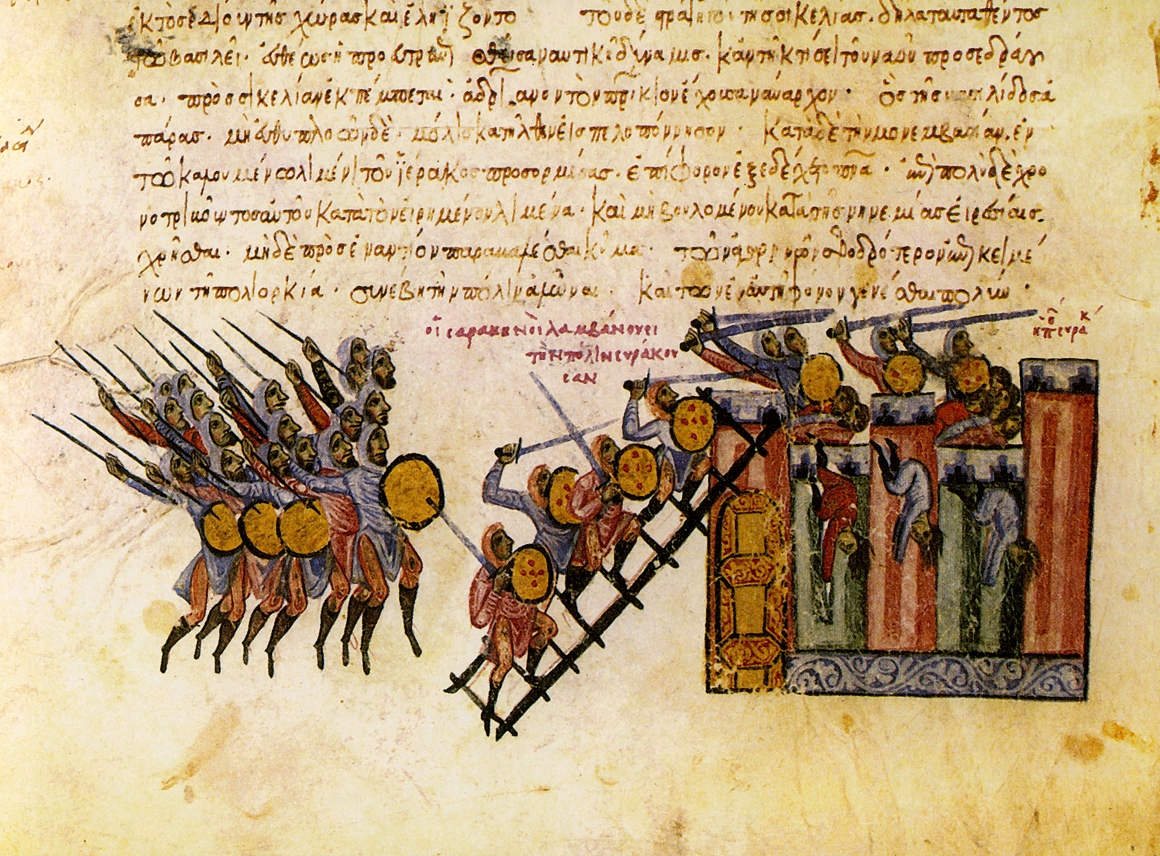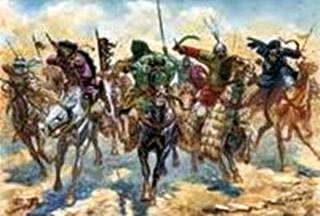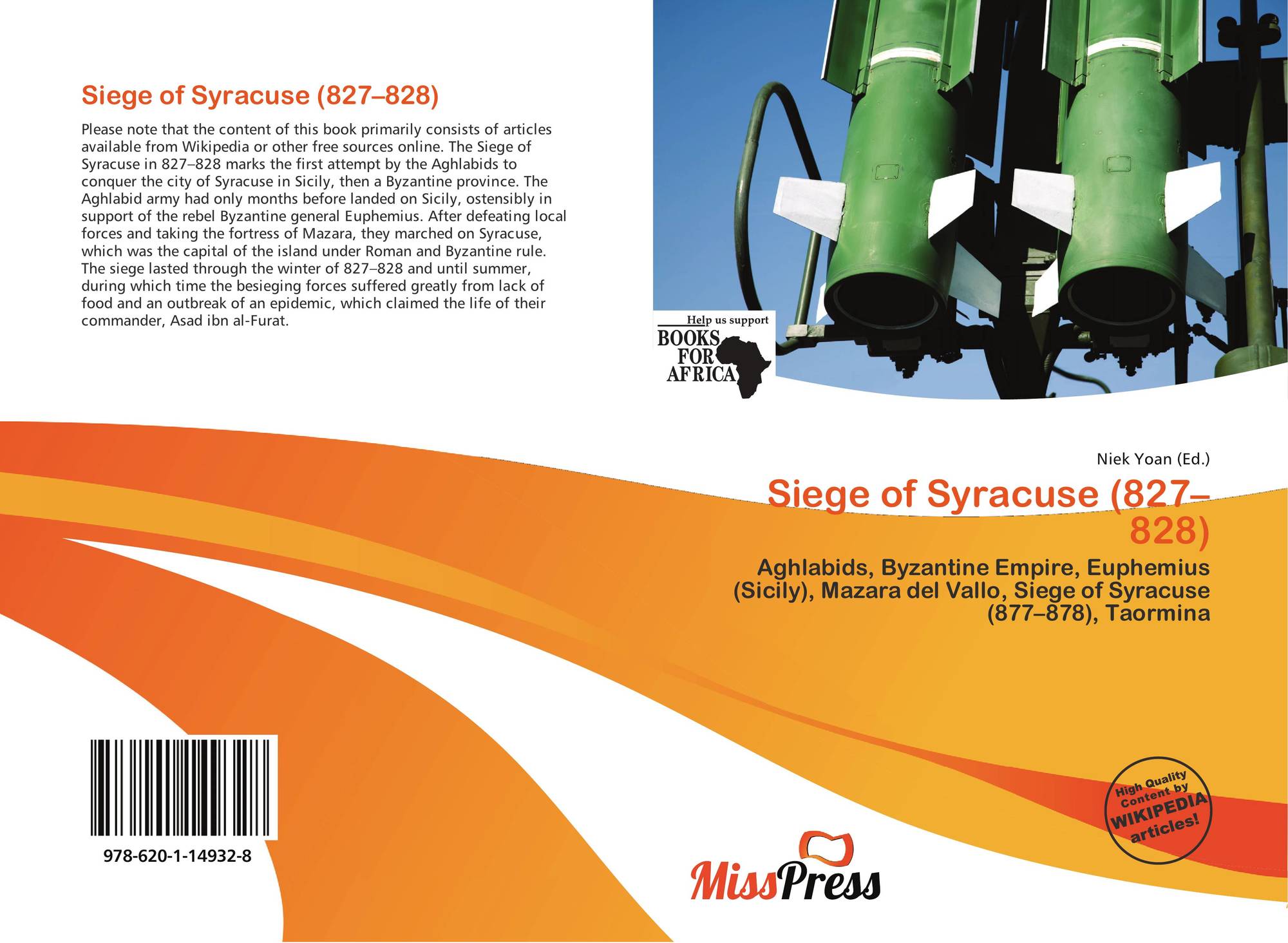Siege of Syracuse (877–878)
Early battles Mu'tah - Tabouk - Dathin - Firaz - Arab conquest of the Levant - Qarteen - Bosra - Ajnadayn - Marj al - Rahit - Fahl - Damascus - Maraj -al- DEBAJ - Emesa - Yarmouk - Jerusalem - Hazir - Aleppo - Arab conquest of Egypt - Heliopolis - Alexandria - Nikiou - Umayyad conquest of North Africa - Sufetula - Vescera - Carthage - Umayyadidische invasion of Anatolia and Constantinople - Iron Bridge - Germanikeia - 1 Konstantin Opel - Sebastopolis - Tyana - 2nd Konstantin Opel - Nicaea - Akroinon - Arab- Byzantine frontier war - Kamacha - Kopidnadon - Krasos - Anzen and Amorion - Mauropotamos - Lalakaon - Bathys Ryax - Sicily and Southern Italy - 1 Syracuse - Syracuse 2 - campaigns of Maniakes - Byzantine counter-attack - Marash - Raban - Andrassos - Campaigns of Nikephoros Phokas - campaigns of John Tzimiskes - Orontes - campaigns of Basil II - Azaz - naval operations - Phoinix - Muslim conquest of Crete - Thasos - Damietta - Thessalonike - Byzantine reconquest of Crete
The siege of Syracuse in 877-878 led to the fall of the city of Syracuse, the ancient Roman and Byzantine capital of Sicily to the Aghlabids. The Aghlabids had already tried to conquer the city some fifty years earlier after their landing in Sicily, but had failed. Despite this setback they had piecewise of the western and southern part of the island seized. In August 877, the Muslim General Jafar ibn Muhammad al- Tamini led a large force against Syracuse. The city received by Emperor Basil I no help and therefore fell 20-21. May 878 After the Byzantines remained on the island only a few points, the Arab conquest of Sicily was completed 902 with the case of Taormina. The siege and fall of Syracuse were described in detail by eyewitnesses Theodosius of Syracuse.










